Founded and led design for CarrierTMS, turning carrier workflows into a scalable B2B platform that grew from 0 to 200+ customers.
User Research • UX/UI Design • Design System • Interface Design • Interaction Design
Founding Designer (IC + team lead) • 2021 - 2023
Summary
I led the UX Design and Research efforts for building a platform from scratch and scaling a design team at an early-stage startup acquired by Loadsmart.
Over two years, I designed numerous features grounded in user research, rapid iteration and business acumen, directly impacting in transforming the tool into a scalable, market-ready SaaS product, growing our customer base from 0 to nearly 200 customers.
During this time, I had the privilege of experiencing a fast-paced startup environment, launching a product that grew from 0 to nearly 200 customers. I designed many features based on user research, made mistakes but also learned and saw great results, and worked with an incredible team of Product Designers, Product Managers, Engineers, and various stakeholders.
Over these two years, the product evolved from an internal tool for carriers, originally named Kamion, into a brand new SaaS Transport Management System platform, now known as CarrierTMS by Loadsmart.
Over two years, I designed numerous features grounded in user research, rapid iteration and business acumen, directly impacting in transforming the tool into a scalable, market-ready SaaS product, growing our customer base from 0 to nearly 200 customers.
During this time, I had the privilege of experiencing a fast-paced startup environment, launching a product that grew from 0 to nearly 200 customers. I designed many features based on user research, made mistakes but also learned and saw great results, and worked with an incredible team of Product Designers, Product Managers, Engineers, and various stakeholders.
Over these two years, the product evolved from an internal tool for carriers, originally named Kamion, into a brand new SaaS Transport Management System platform, now known as CarrierTMS by Loadsmart.
The challenge with being the first designer in a Sales-driven company.
When I joined Loadsmart, I was tasked with the ambitious goal of evolving Kamion from an early-stage internal tool idea into a robust, scalable Transport Management System (TMS) designed specifically for U.S.-based carrier companies.
This is the first Kamion interface.
This is the first Kamion interface.

I was literally embeded into a culture not used to have any research method. However, some initiatives have helped me with embeding user research into our development process:
01
Stakeholder education on user advocacy.
02
Inviting my squad to interviews and user testing.
03
Alignment with business goals.
04
Iterative approach with stakeholders on interview scripts and user testing tasks.
05
Collaboration and communication on sharing sync and async frequent user research reports.
My discovery process
I needed to ramp up as efficient as possible with the new market I was inserted to. So I got main business hypothesis the team had, and prepared a research strategy with U.S.-based carrier companies.
It took me close to 3 months to talk to 15 carrier companies, while studying articles about carriers' workflow, shadowing with Sales, benchmarking competitors.
The outcome was periodic research reports with detailed carrier research information, shared with stakeholders. It generated valuable discussions, feedback and alignment of who we should build the product for and how their daily work journey looked like.
It took me close to 3 months to talk to 15 carrier companies, while studying articles about carriers' workflow, shadowing with Sales, benchmarking competitors.
The outcome was periodic research reports with detailed carrier research information, shared with stakeholders. It generated valuable discussions, feedback and alignment of who we should build the product for and how their daily work journey looked like.
Research report • Carrier personas • Carrier journey
Carrier research findings
Most carriers in the U.S are used to manage their business, by using a spreadsheet-based solution.
However, our user research revealed that while this approach is commonly employed, it was also a very time consuming experience and not scalable enough to provide a simple, straightforward way to optimize dispatch, reduce empty miles and overhead costs, scale fleets, and make better business decisions with all the information they need.
These are the current main pain points for U.S.-based carriers.
However, our user research revealed that while this approach is commonly employed, it was also a very time consuming experience and not scalable enough to provide a simple, straightforward way to optimize dispatch, reduce empty miles and overhead costs, scale fleets, and make better business decisions with all the information they need.
These are the current main pain points for U.S.-based carriers.
01
Load planning and management
Trucks being used efficiently to its potential based on specific parameters.
02
Route optimization
Considering several factors to drive efficiency.
03
Reporting
Company's performance.
04
Accounting
Organized and reliable data and process.
05
Analytics
Insights to help make decisions.
06
Integrations
Leveraging existing third party options.
Designing CarrierTMS to be a scalable SaaS solution for carriers
Throughout the two-year period journey, my hands-on contributions as a UX Designer and UX Researcher, anchored in cross-functional collaboration and a user-centered design process.
01
Strategic product evolution
Evolved CarrierTMS into a market-ready SaaS product.
02
Hands-on UX craft
I defined the visual language, created the Design System, and owned the end-to-end design process—from discovery through delivery.
03
Collaboration with Cross-Functional Teams
Collaborated close with product, engineering, and business stakeholders.
04
Design Leadership
Built and scaled the design team from the ground up, growing to 4 designers to support product expansion and design maturity.

I designed the CarrierTMS landing page, showcasing research-driven product attributes.
CarrierTMS – Loads Planning and Management
User research revealed that small carrier businesses heavily relied on spreadsheets for planning and managing loads.
I saw an opportunity to reduce this manual burden by improving the Loads section within CarrierTMS. The goal was to streamline load creation and management, enabling users to dispatch time-sensitive loads more efficiently and save valuable time.
I saw an opportunity to reduce this manual burden by improving the Loads section within CarrierTMS. The goal was to streamline load creation and management, enabling users to dispatch time-sensitive loads more efficiently and save valuable time.
A few success metrics
01
2029 loads dispatched through CarrierTMS after one month of the release.
02
Statuses and other new filters being used frequently after one month of release.
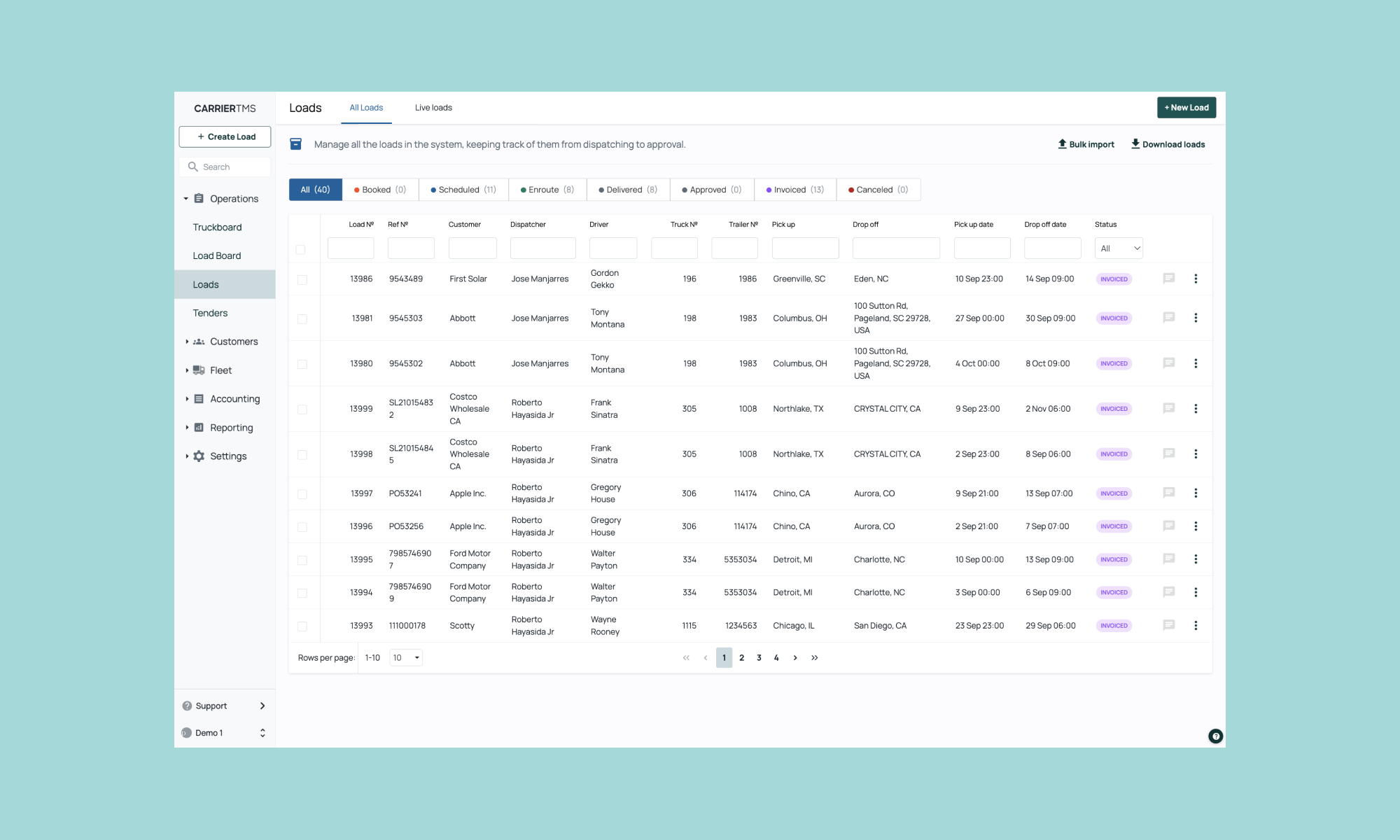
Load management interface designed to streamline operations.
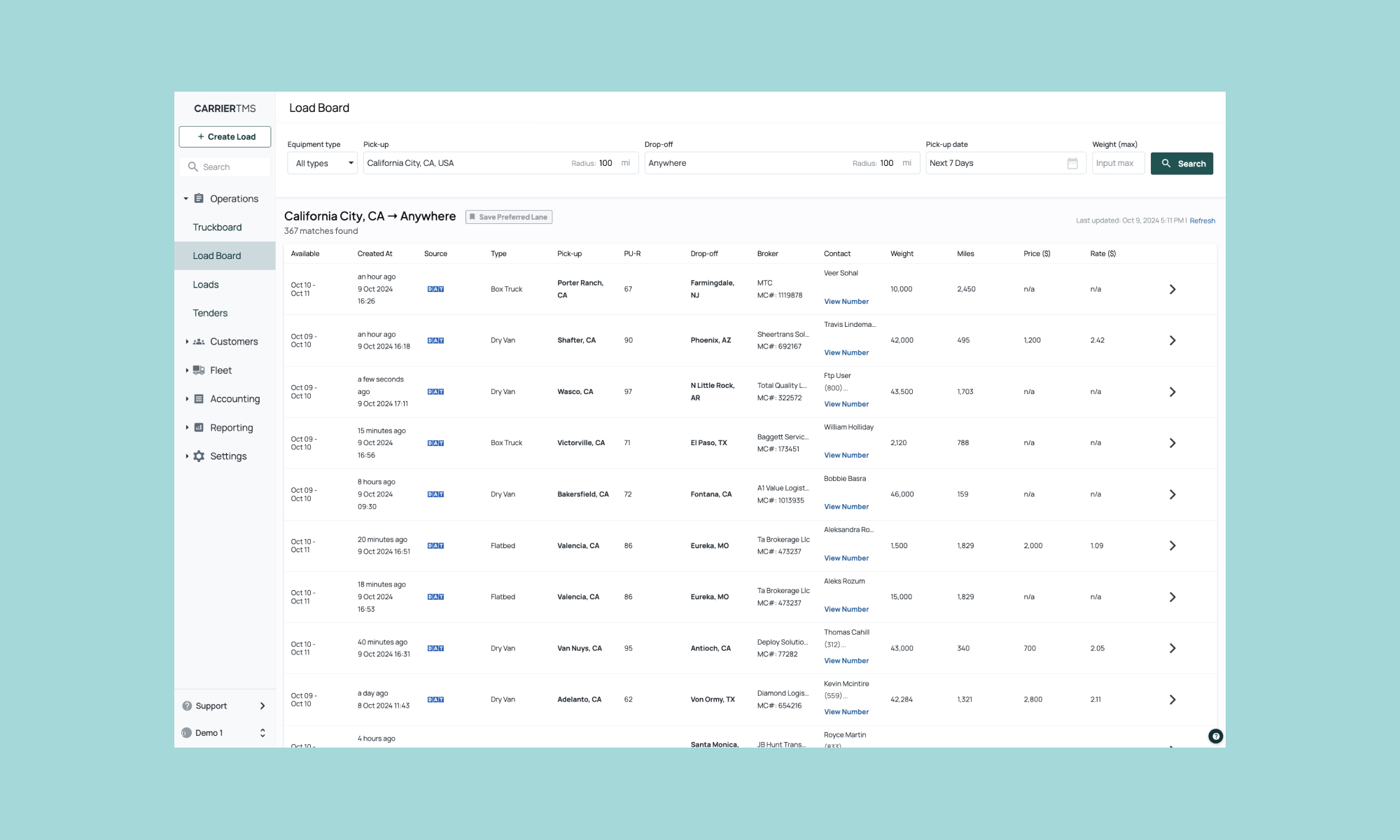
I created the Load Board interface to simplify load booking.
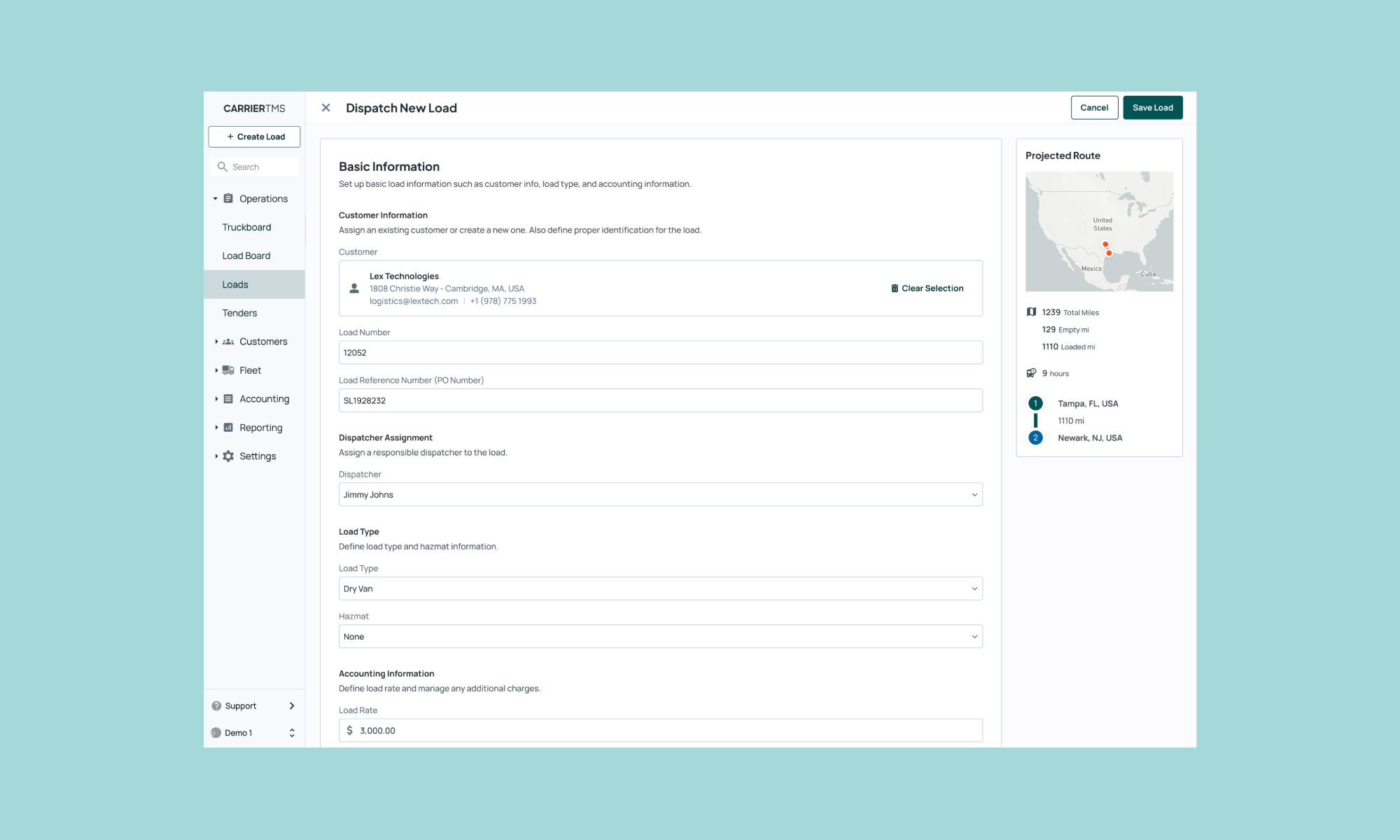
Dispatch experience I designed for carriers to manage load details with clarity.
CarrierTMS – Freight Booking and Real-Time Load Tracking
Small and mid-sized carriers lacked reliable tools for booking freight, tracking loads, and building trust between dispatchers and drivers.
So I designed a solution that enabled users to book loads directly from the Truckboard, track freight in real time using an interactive map, and monitor truck locations, helping carriers improve efficiency, transparency, and communication.
So I designed a solution that enabled users to book loads directly from the Truckboard, track freight in real time using an interactive map, and monitor truck locations, helping carriers improve efficiency, transparency, and communication.
A few success metrics
01
From 15.58% to 34.44% of load acceptance - after recurring improvements based on users' feedback.
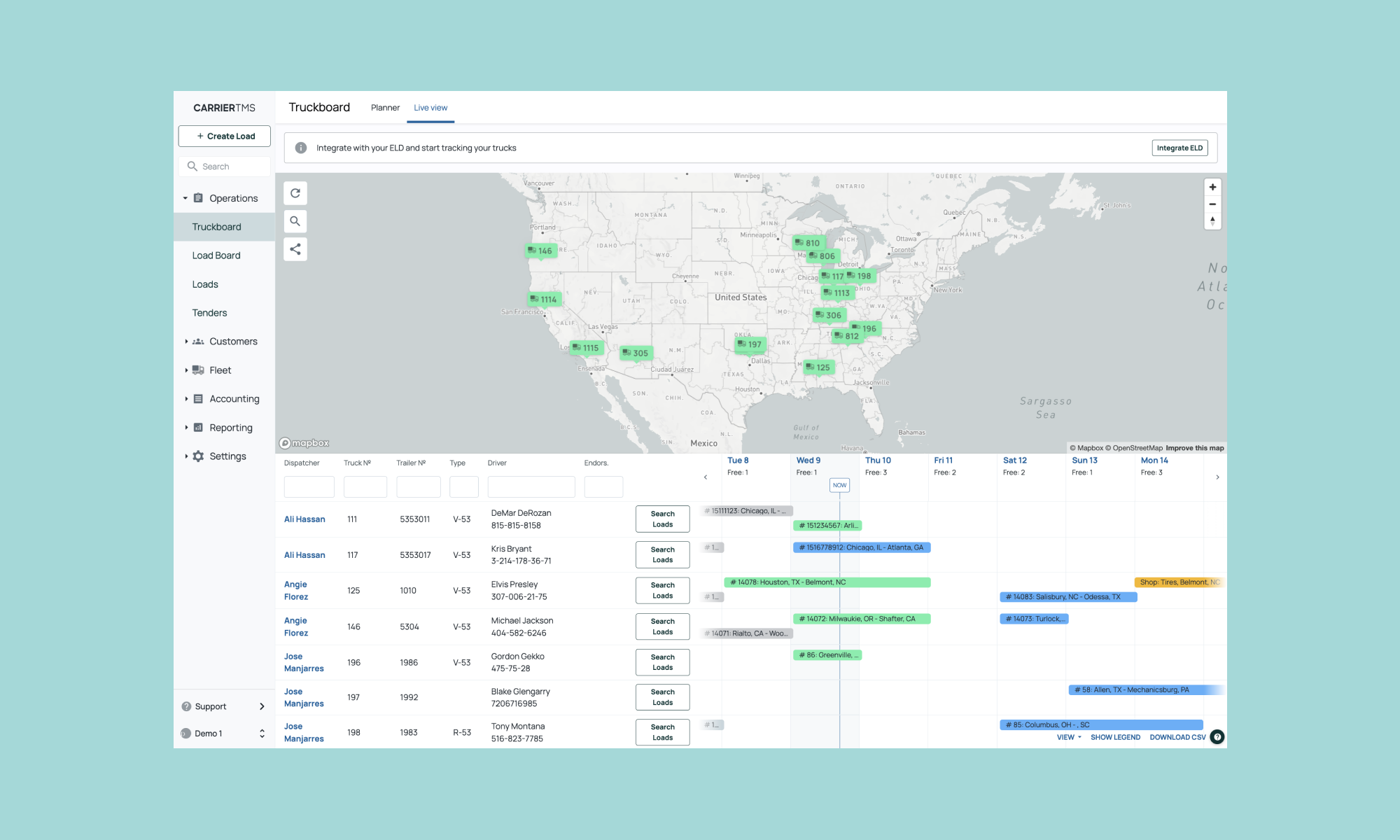
I created this Truckboard interface for load booking, real-time freight tracking, and truck visibility.
CarrierTMS – Accounting Invoice and Factoring Integration
Freight billing is prone to errors, especially during invoicing. For carriers, this process is closely tied to Factoring companies, which help them get paid faster than the typical 30–60 day payment window from brokers and shippers.
Factoring is critical for cash flow, especially for small carriers, yet most tools offer limited integration.
In addition to invoicing and factoring, carriers also need clear and accurate driver statements to manage settlements and maintain transparency with their drivers.
We identified a competitive opportunity: by enabling simplified invoice submissions to any factoring company and providing streamlined driver statements, CarrierTMS could significantly improve operational efficiency, ensure trust across all stakeholders, and bring extra revenue.
Factoring is critical for cash flow, especially for small carriers, yet most tools offer limited integration.
In addition to invoicing and factoring, carriers also need clear and accurate driver statements to manage settlements and maintain transparency with their drivers.
We identified a competitive opportunity: by enabling simplified invoice submissions to any factoring company and providing streamlined driver statements, CarrierTMS could significantly improve operational efficiency, ensure trust across all stakeholders, and bring extra revenue.
A few success metrics
01
13.28K invoices send to Factoring companies through CarrerTMS - over months period.
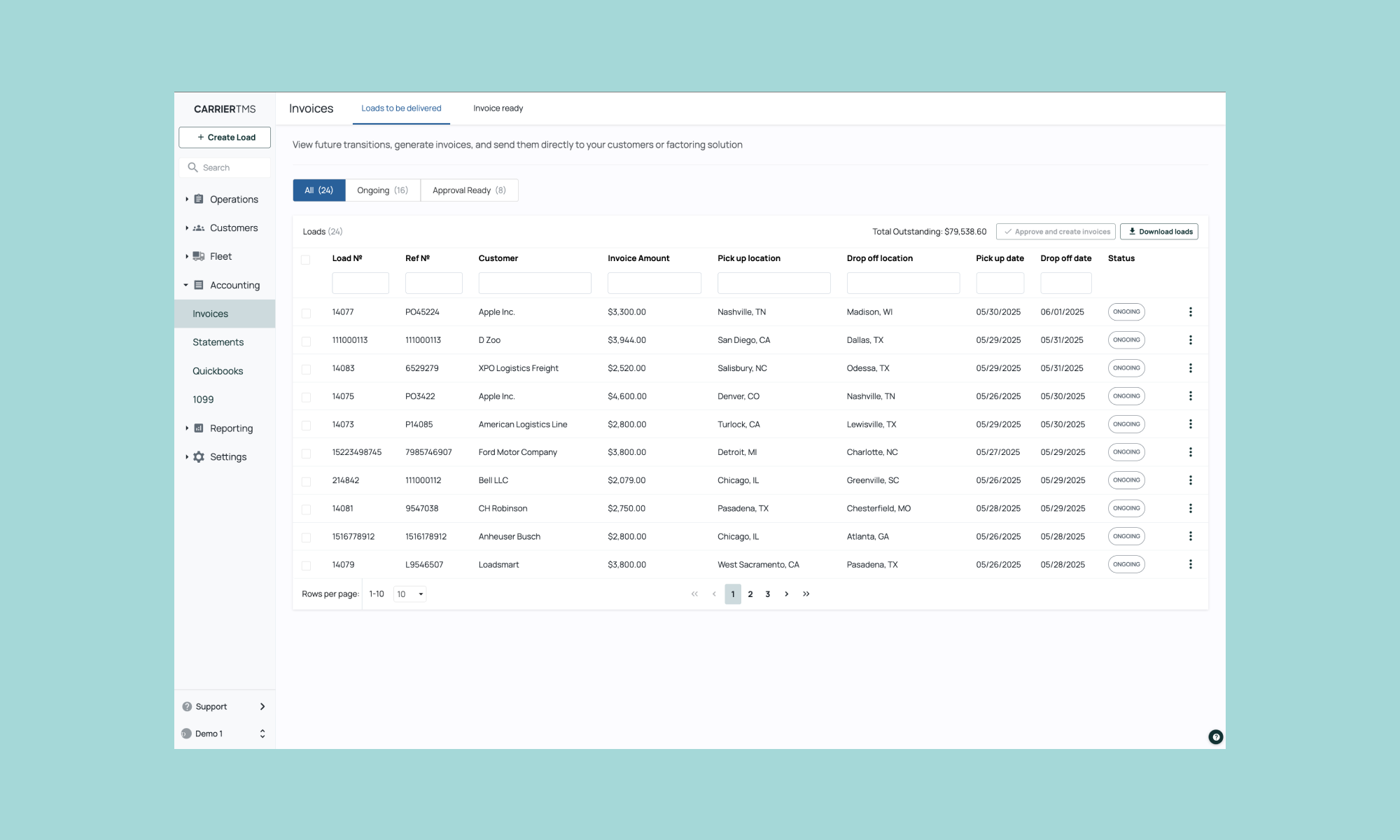
Invoicing flow I created to reduce errors and simplify submissions for faster payments.
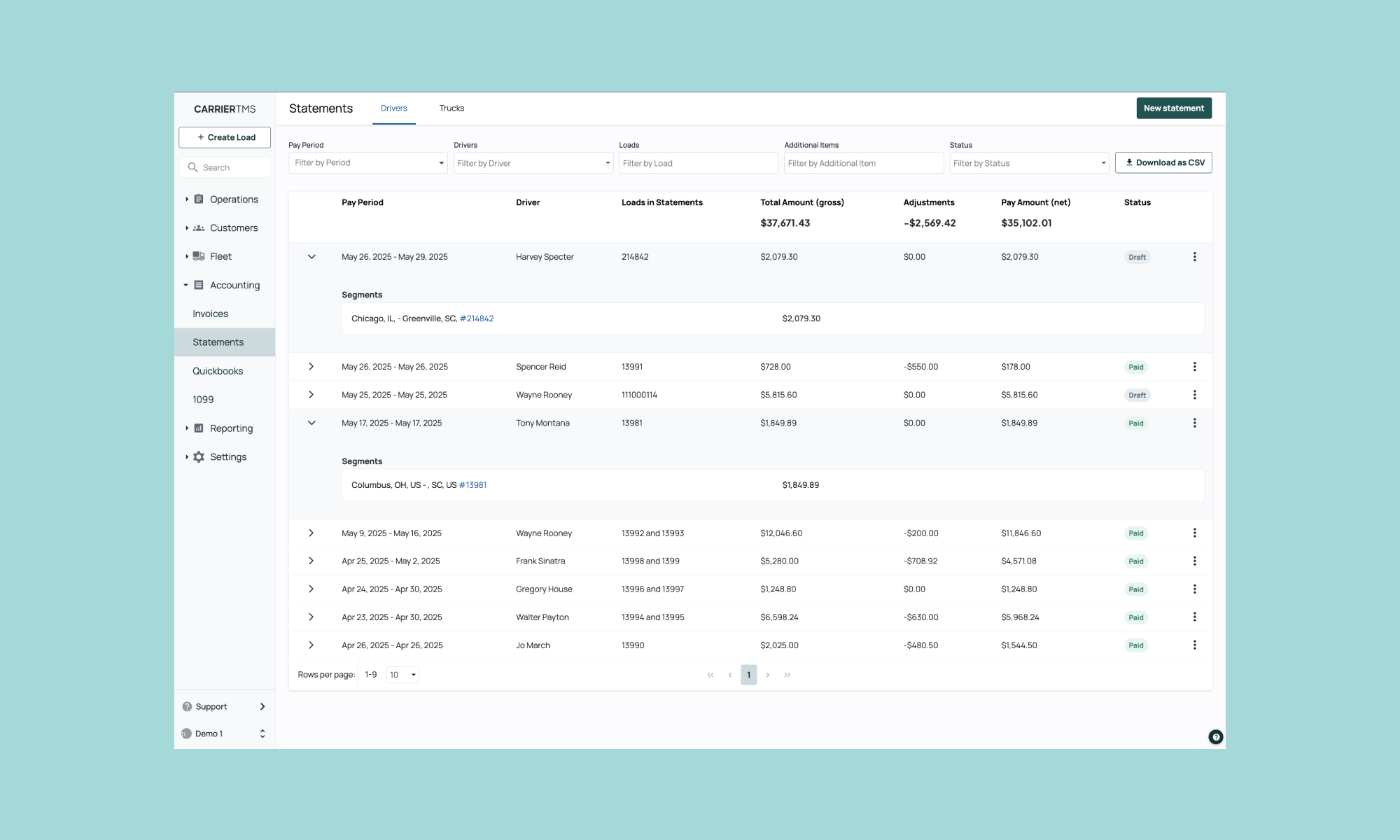
I designed the driver statements experience to provide clear settlements and build trust between carriers and drivers.
CarrierTMS – Dashboard for Bookings and Expenses
As part of the effort to empower carriers with greater financial visibility, I contributed to the design of a dashboard that helps users analyze their organization’s profitability and performance.
Bookings are calculated by aggregating all load rates that match the dashboard’s configured filters, while expenses are derived from Statement values based on the same criteria.
This unified view helps users better understand their profit margins, track performance over time, and make informed, data-driven decisions to improve operational efficiency.
Bookings are calculated by aggregating all load rates that match the dashboard’s configured filters, while expenses are derived from Statement values based on the same criteria.
This unified view helps users better understand their profit margins, track performance over time, and make informed, data-driven decisions to improve operational efficiency.
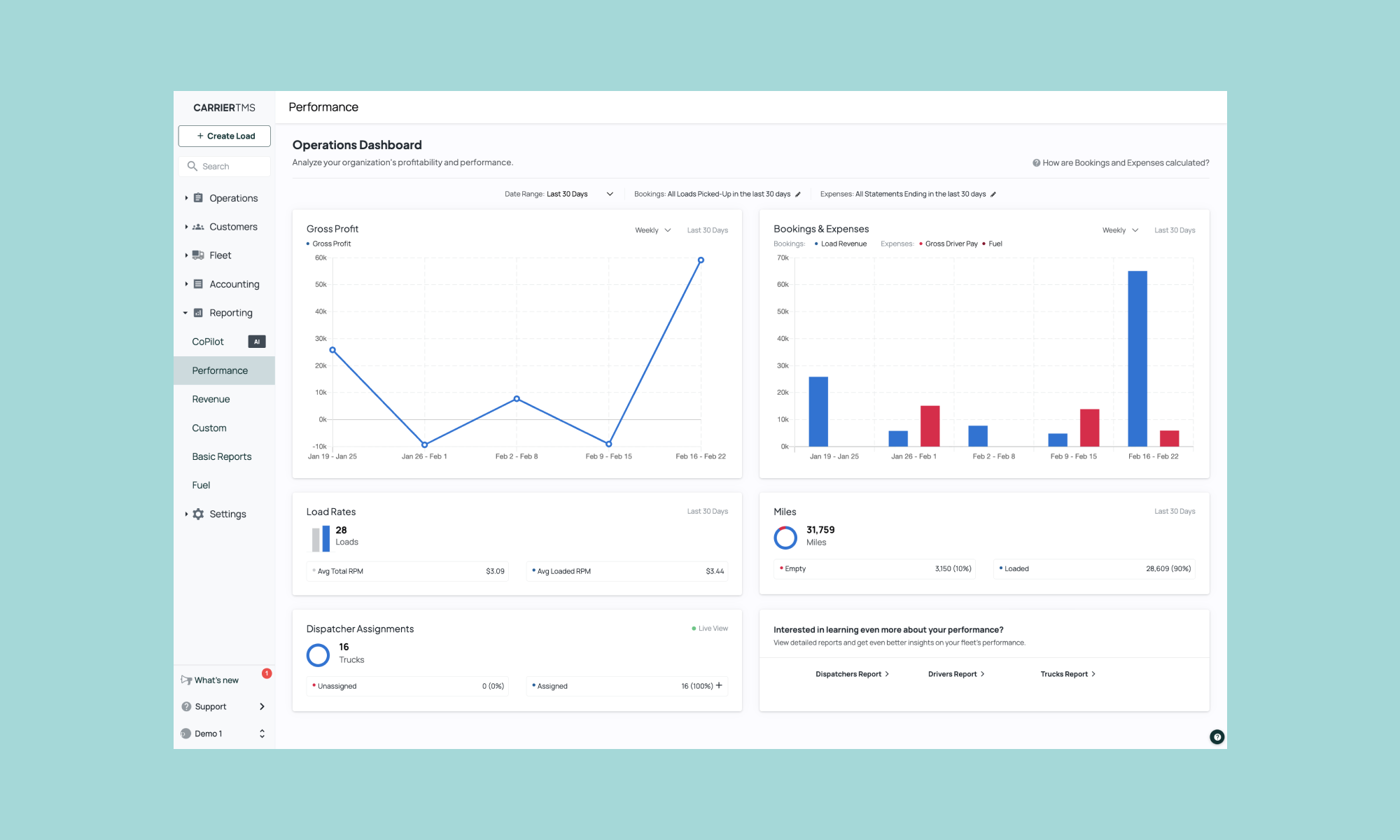
I built this dashboard experience to help carriers monitor key metrics and improve decision-making.
CarrierTMS – Loads App
Drivers app enhancements and integration with CarrierTMS for reducing workflow complexity, manual effort, and operational inefficiencies while delivering a seamless mobile experience for both dispatchers and drivers.
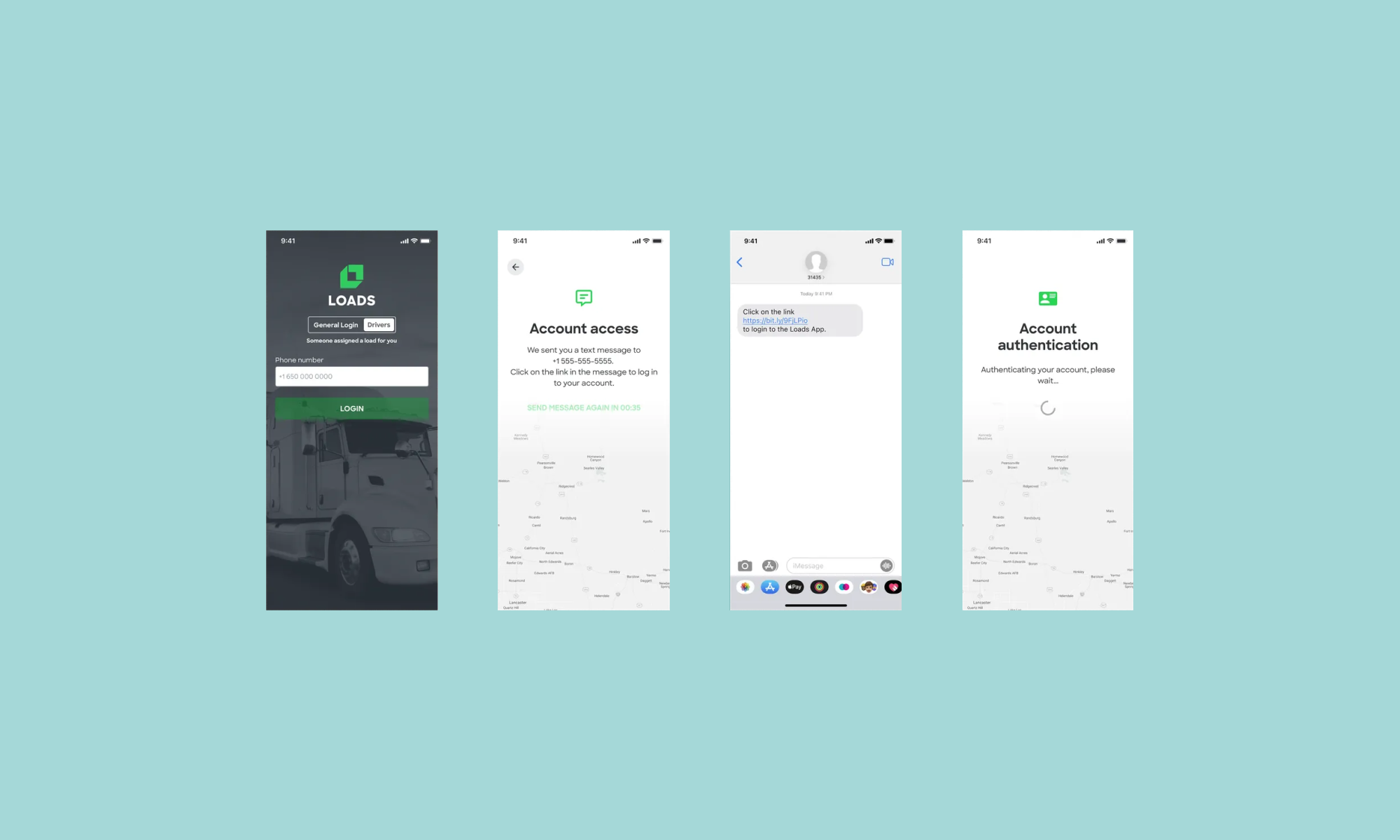
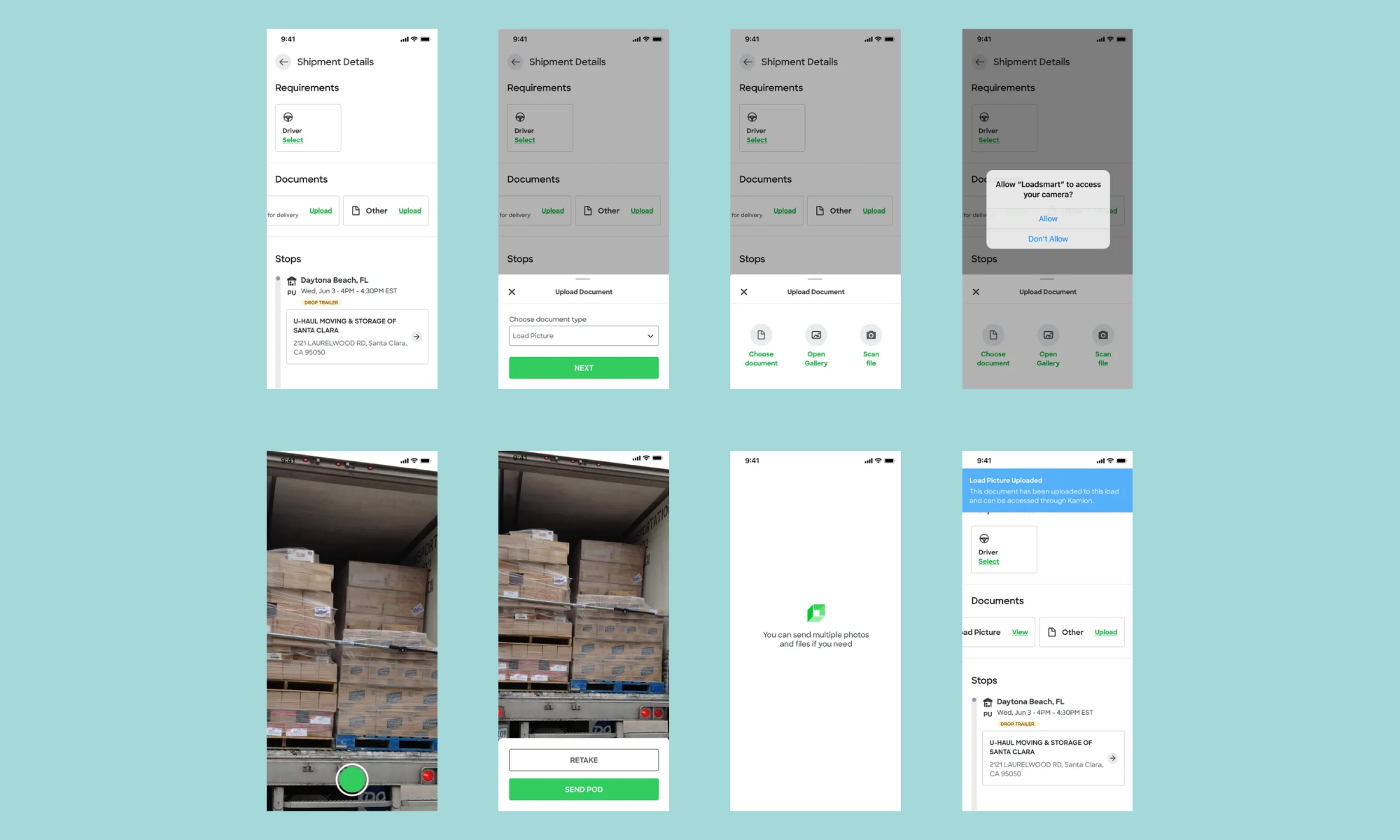

I designed the Loads App experience to reduce dispatcher–driver friction and streamline on-the-go load management.




